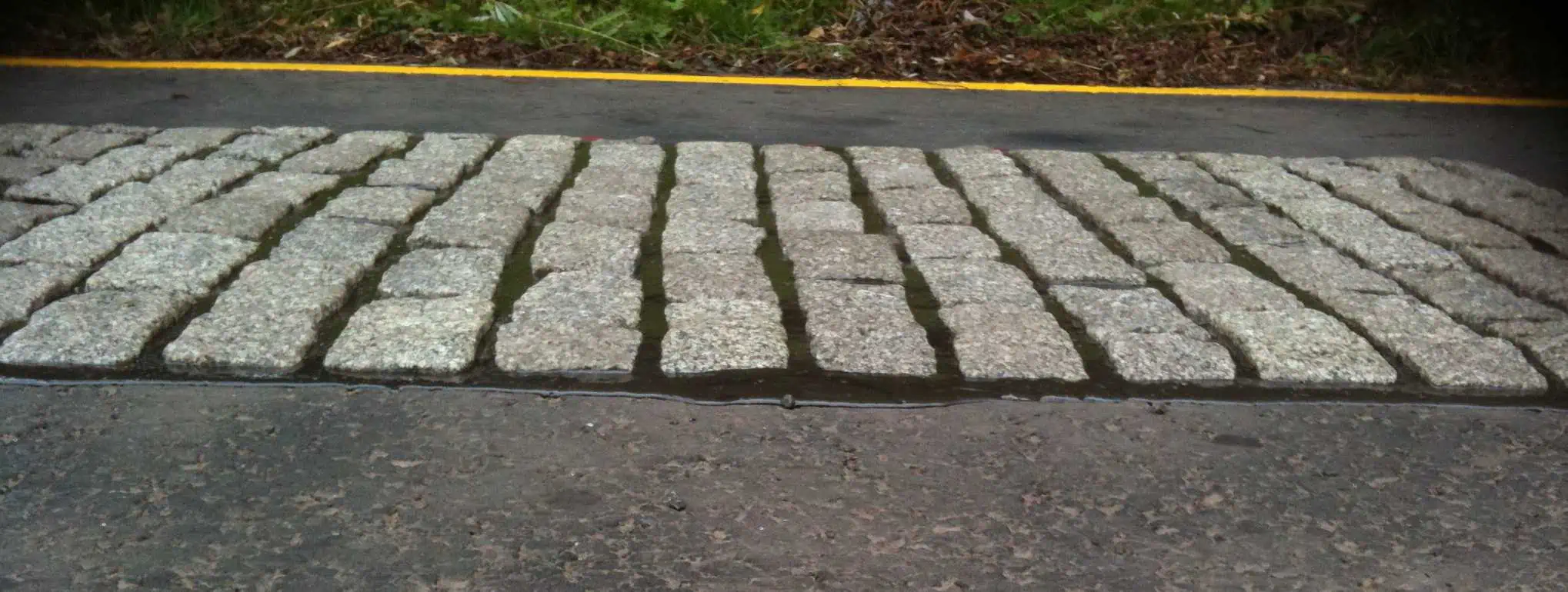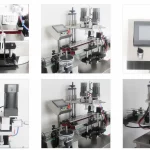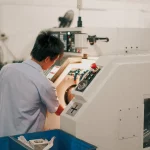
Speed tables are an effective traffic calming solution to reduce vehicle speeds in areas with pedestrian activity. Quicksetts speed tables provide a modular system to quickly install durable speed tables on roads using interlocking concrete blocks.
Here is everything you need to know about Quicksetts speed tables including costs, differences from speed bumps, ideal use cases and installation.
Are Quicksetts Speed Tables Effective?
Yes, research shows that speed tables are highly effective at reducing average vehicle speeds. Speed tables aim for speeds around 25 mph versus normal limits of 30-40 mph. By gently raising the entire wheelbase 6-7 inches over a 10-12 foot ramp, speed tables alert drivers to slow down without causing abrupt jolts or discomfort.
Studies by the Institute of Transportation Engineers found speed tables capable of reducing 85th percentile speeds by 7-14 mph.
Quicksetts modular concrete speed tables offer a fast installation solution that achieves these proven speed reductions. Their precast construction also ensures a durable, long-lasting traffic-calming fix.
Related:
Quicksetts Speed Tables Costs
Costs for Quicksetts speed tables depend on the size and number of modules needed for the desired width and length. Typical prices range from $3,000-$4,000 per table, including blocks, installation labour and any required road work. Ongoing maintenance is low, with an expected lifespan of 20+ years.
Speed table prices vary based on length and whether you need curved or flat sides. Pricing also differs by region. Significant road preparation like excavation or drainage work can increase costs. Overall, Quicksetts offer a cost-effective prefabricated system versus other speed table materials.
What is the Difference Between a Speed Bump and a Speed Table?
There are some key differences between speed bumps and speed tables:
- Speed bumps are 3-4 inches high and 1-2 feet long, forcing traffic to a near-complete stop. This causes a jarring effect at speeds over 5 mph.
- Speed tables have a gradually raised ramp up to 7 inches high and 10-12 feet long. This induces a slower 25 mph speed without an abrupt impact.
- Speed bumps span only the width of a tire while tables extend across the entire road. This reduces the potential for drivers to swerve around.
- Speed tables create less noise from scrapes and bumps than traditional speed bumps. They also exert less force and wear on vehicles.
Speed tables aim to slow but not stop traffic, reducing noise and liability versus more abrupt speed bumps. The ramped level area also allows safe traversal by emergency vehicles.
What is the Difference Between a Speed Table and a Speed Cushion?
Speed cushions are similar to speed tables but with wheel cutouts to allow unimpeded passage of emergency vehicles. The openings spaced for wheelbases of fire trucks, ambulances and police cars permit them to straddle the cushion unchanged while most other vehicles must slow down.
Quicksetts offers both speed table and speed cushion options. Speed cushions involve more complex installation to integrate the cutouts but avoid impacting critical emergency response times.
Standard speed tables without cutouts are simpler and treat all vehicles equally.
What are the Most Common Use Cases for Quicksetts Speed Tables?
Typical situations where Quicksetts speed tables help improve safety by calming traffic include:
Parking Lot Entrances
Placing speed tables near parking lot entrances prompts vehicles to slow down before entering or exiting. This enhances safety in areas with crossing pedestrians.
School Zones
Speed tables along pickup/drop-off routes provide critical speed reduction in areas with children crossing. Speed tables also work well installed along school zone boundaries.
Crosswalks
Marked pedestrian crosswalks are prime locations for speed tables. This compels drivers to reduce speeds allowing safer road crossing.
Shopping Centers
Speed tables installed along retail access roads with adjacent pedestrian walkways and parking reminds drivers to maintain lower cautious speeds.
Residential Streets
Moderate traffic islands installed on local roads help maintain safer speeds in residential neighbourhoods with children playing.
Final Thoughts
Quicksetts prefabricated speed tables offer an efficient, durable system to install traffic-calming speed controls where needed. Their segmented interlocking block design allows the creation of speed tables of varying sizes to handle different road widths.
Following proper placement and use cases, Quicksetts speed tables can significantly improve safety by reducing vehicle speeds near pedestrian zones.







